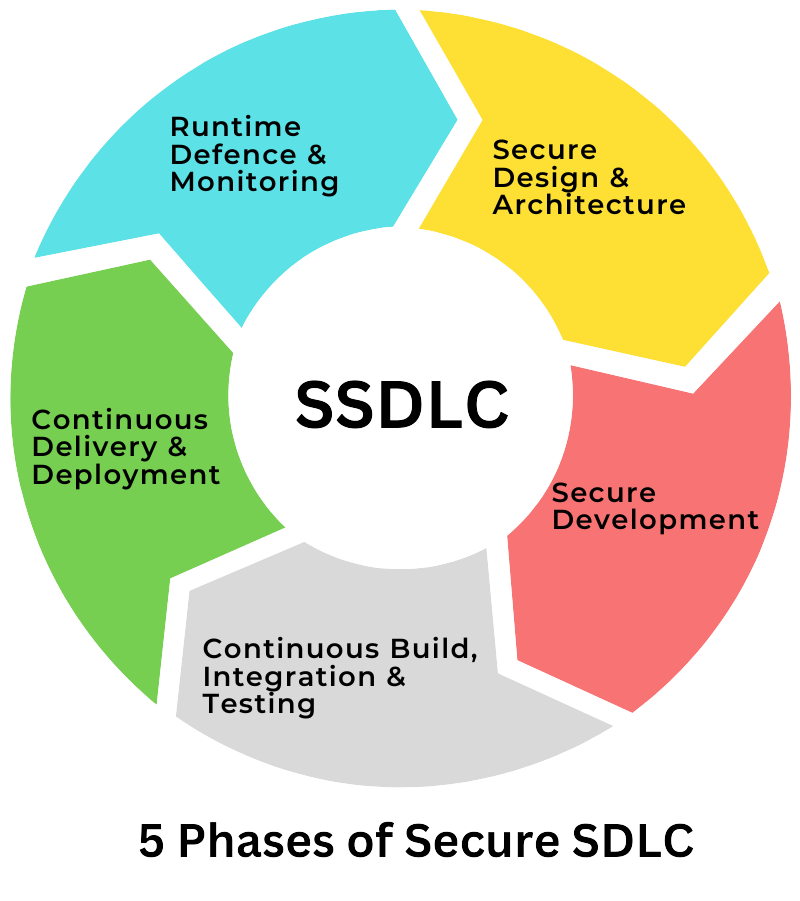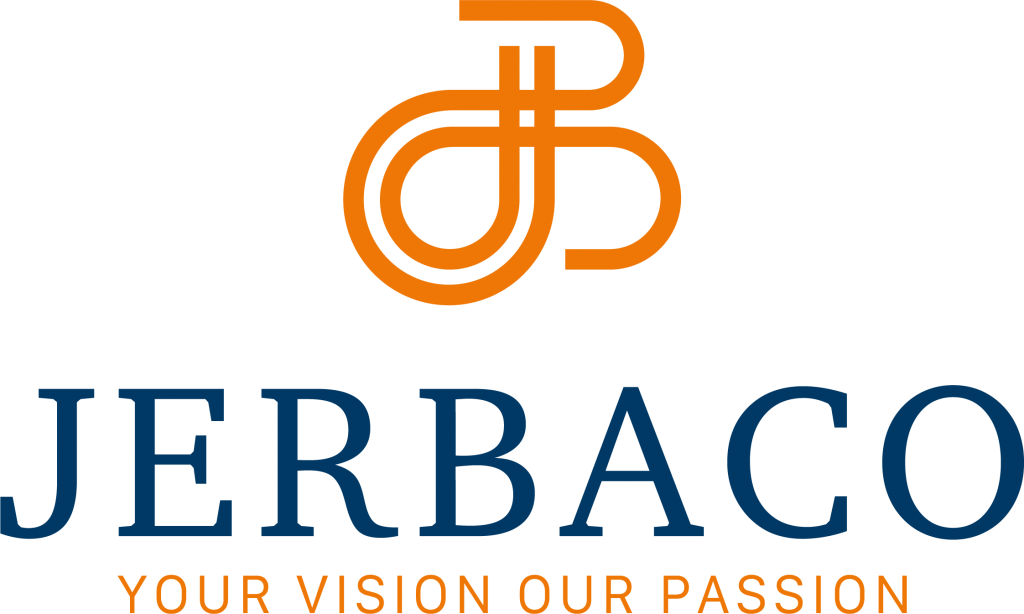Developing secure applications that enable companies to store, manage and share confidential records securely and efficiently. It’s starting from the fundamentals of the design that is made before the first line of code is written. The system must be compliant with relevant regulations such as HIPAA, GDPR, or other specific guidelines (usually based on the regulations in the sector where the company is operating in). Many developing companies are not starting with security, but it’s also not added after some MVP is created, so let me explain the pitfalls.

Type of software
In this example, we are choosing for web-based application to provide flexibility and accessibility. It will feature a modular architecture to facilitate scalability and ease of maintenance. The software must incorporate both frontend and backend components, with robust security measures implemented.
Potential risks
1. Authentication
- Insufficient Authentication: Weak or missing authentication mechanisms can allow unauthorized users to access sensitive data.
- Broken Access Controls: Inadequate implementation of role-based access control (RBAC) could permit users to access data beyond their permissions.
- Brute Force Attacks: Attackers may attempt to guess passwords or other authentication credentials through repeated attempts.
2. Data Breaches
- Data in Transit: Interception of data being transmitted between clients and the server if proper encryption (e.g., TLS) is not used.
- Data at Rest: Unauthorized access to data stored in databases if encryption and proper access controls are not implemented.
3. Injection Attacks
- SQL Injection: Attackers could exploit vulnerabilities to execute arbitrary SQL commands, potentially leading to unauthorized data access or manipulation.
- Command Injection: Execution of arbitrary commands on the host operating system via the application.
4. Cross-Site Scripting (XSS)
- Reflected XSS: Injection of malicious scripts through input fields that are reflected and executed in the user’s browser.
- Stored XSS: Malicious scripts stored in the database and executed when users access the affected data.
5. Cross-Site Request Forgery (CSRF)
- Unauthorized Actions: Exploiting the trust that a web application has in the user’s browser to perform unauthorized actions on behalf of the user.
6. Insecure APIs
- Invalid Input: APIs that do not properly validate input could be exploited for various attacks.
- Exposed Endpoints: Publicly exposed API endpoints without proper authentication and authorization checks.
7. Weak Encryption
- Outdated Algorithms: Using deprecated or weak encryption algorithms (e.g., MD5, SHA-1).
- Improper Key Management: Insecure storage and handling of encryption keys.
8. Insufficient Logging and Monitoring
- Lack of Audit Trails: Insufficient logging of user actions and system events, making it difficult to detect and respond to security incidents.
- Unmonitored Logs: Failure to monitor logs for suspicious activities, leading to delayed detection of breaches.
9. Social Engineering
- Phishing: Attackers tricking users into divulging credentials or other sensitive information.
- Spear Phishing: Targeted phishing attacks on specific users, often with personalized content.
10. Insider Threats
- Malicious Insiders: Employees or other trusted users intentionally leaking or manipulating data.
- Negligent Insiders: Users inadvertently compromising security through careless actions.
11. Insecure Third-Party Components
- Vulnerable Libraries: Usage of third-party libraries or components that contain known vulnerabilities.
- Unpatched Software: Failure to apply security patches to third-party software and dependencies.
12. Inadequate Data Protection
- Backup Security: Insecure handling and storage of backups, making them susceptible to unauthorized access or tampering.
- Data Leakage: Unintended exposure of sensitive data through logs, error messages, or debugging information.
13. Misconfiguration
- Server Misconfiguration: Misconfigured servers (e.g., default settings, open ports) leading to security vulnerabilities.
- Cloud Misconfiguration: Misconfigured cloud services (e.g., storage buckets, access controls) that could expose sensitive data.
14. Denial of Service (DoS) and Distributed Denial of Service (DDoS)
- Service Disruption: Attacks aimed at overwhelming the system to render it unavailable to legitimate users.
15. Poor Software Development Practices
- Insufficient Testing: Lack of comprehensive security testing throughout the development lifecycle.
- Insecure Development Environments: Development environments that are not secured, potentially exposing the application to vulnerabilities.
Security requirements
1. Access Control and Authentication:
- Implement strong, role-based access control (RBAC).
- Require multi-factor authentication (MFA) for all users.
- Enforce strong password policies and regular password changes.
- Using the cloud, it’s recommended to use OAuth 2.0
2. Data Protection:
- Encrypt all sensitive data at rest and in transit using strong encryption standards (e.g., AES-256, TLS 1.2+).
- Use secure APIs for all data exchanges.
3. Monitoring and Logging:
- Implement comprehensive logging of all access and modification events.
- Regularly monitor logs for suspicious activities and anomalies.
- Use intrusion detection/prevention systems (IDS/IPS).
4. Incident Response:
- Develop and maintain an incident response plan.
- Regularly conduct drills and update the plan based on new threats.
5. Software Security:
- Conduct regular security testing, including penetration testing and vulnerability scanning.
- Apply timely patches and updates to all software components.
- Follow secure coding practices to minimize vulnerabilities.
6. User Education and Training:
- Provide regular training on security best practices and phishing awareness.
- Implement a reporting mechanism for suspected security incidents.
7. Compliance and Auditing:
- Ensure compliance with HIPAA and other relevant regulations.
- Perform regular security audits and risk assessments.
8. Backup and Recovery:
- Implement regular data backups and secure storage of backup data.
- Develop and test a disaster recovery plan to ensure data can be restored in case of an attack.
9. Secure Configuration:
- Use hardened configurations for servers, databases, and applications.
- Disable unnecessary services and close unused ports.
10. Third-party Risk Management:
- Assess and monitor the security of third-party components and services.
- Use secure, reputable libraries and ensure they are regularly updated.
Conclusion
By developing a secure system requires a comprehensive approach to ensure Confidentiality, Integrity, Availability (CIA) of sensitive data. By understanding the specific environments in which the software will be deployed and identifying potential security threats and vulnerabilities, we can establish robust security requirements that address these risks effectively.
Prioritizing these security requirements is crucial to protect against the most significant threats first. High-priority areas like access control, data protection, and monitoring ensure that unauthorized access is prevented, data remains confidential, and any anomalies are quickly detected. Medium-priority requirements focus on incident response, software security, and user education, which are essential for preparing for and mitigating the impact of security incidents. Lower-priority but still vital areas like compliance, backup, and secure configuration help maintain a strong overall security posture.
By adhering to these prioritized requirements and following general best practices in secure software development, we can build a secure system that meets regulatory standards and provides robust protection against the evolving landscape of cybersecurity threats. This proactive and thorough approach ensures the safety and privacy of patient data, fostering trust and reliability in the healthcare.

